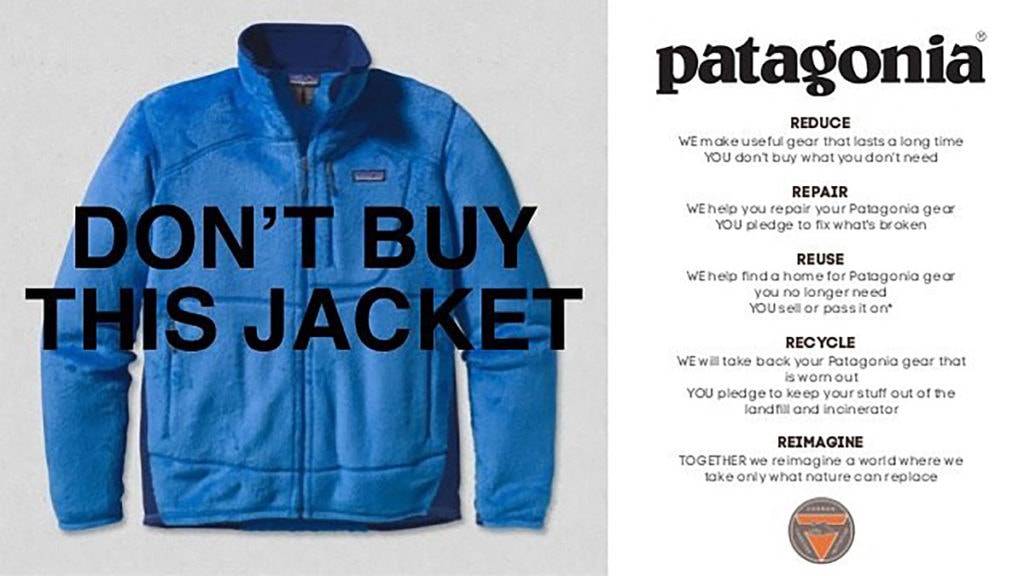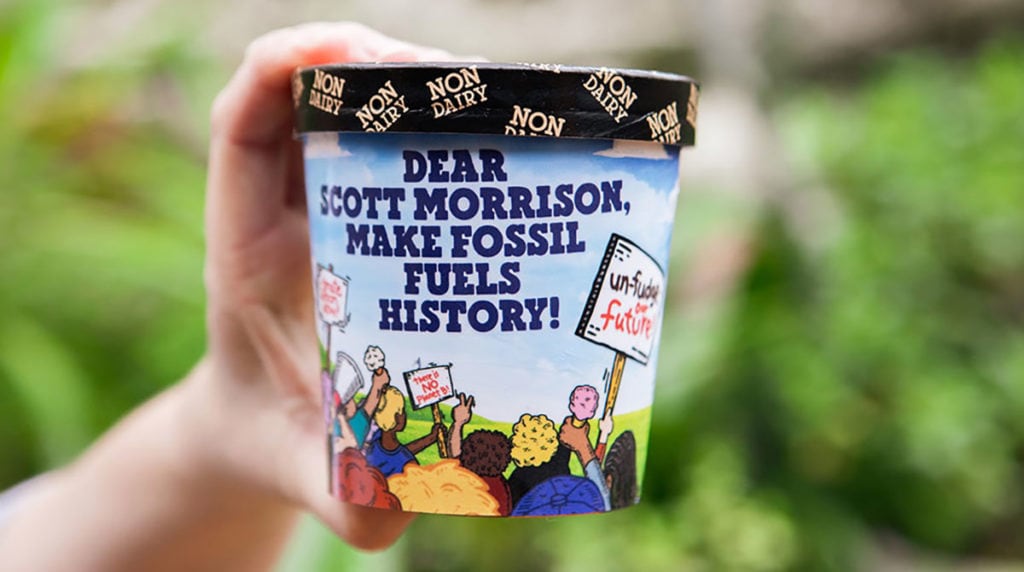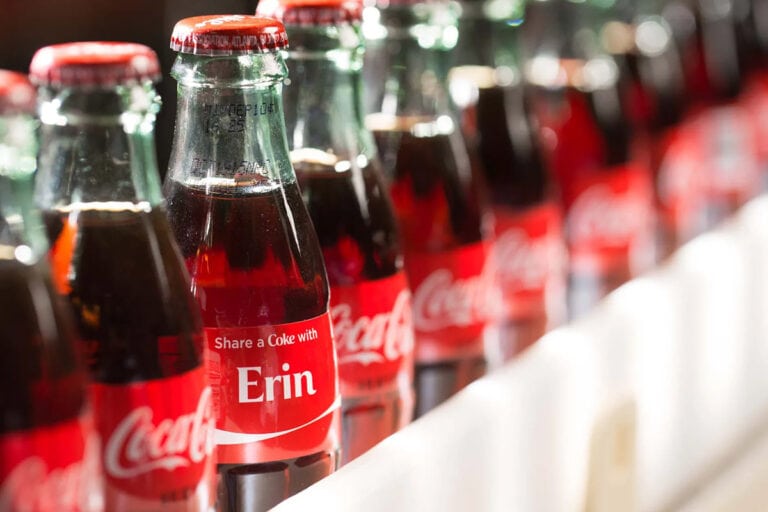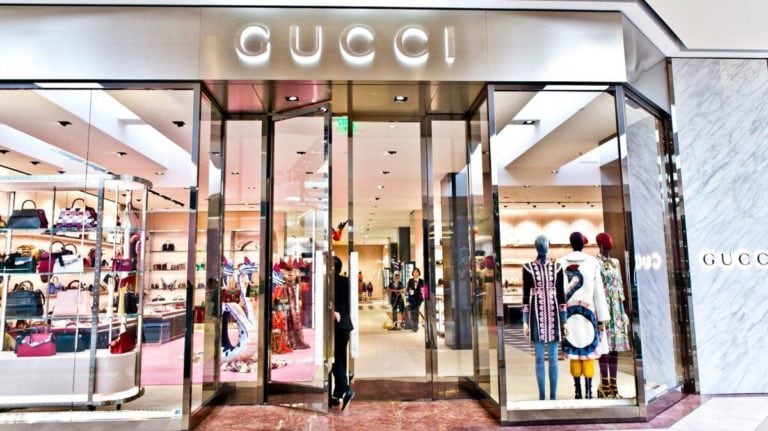5 Ways to Build Brand Authenticity for Long Term Success
Hey there! Have you ever heard the term “brand authenticity”?
Well, it’s like the soul of a brand.
Imagine meeting someone genuine at a party who seems so real. – they’re honest and don’t try to be someone they’re not. It’s refreshing, right?
That’s what brand authenticity is all about.
It’s when a brand is honest, stays true to its core values, and doesn’t put on a fake façade to sell products.
The genuine, real, and trustworthy side of a brand makes you trust it, much like a friend who always keeps their promises.

In today’s world, with social media and everyone being super connected and informed, pretending doesn’t cut it. Customers can spot a phony brand from a mile away!
So, for brands to truly resonate with people, being authentic is the name of the game.
How does one brand stand out from another in a world of brands screaming for attention? It’s not just about flashy advertisements or catchy slogans anymore.
Today’s savvy consumers crave something deeper; they’re looking for brands that aren’t just trying to sell something but have genuine stories, values, and intentions behind them.
That’s where brand authenticity comes into play, acting as a beacon, guiding brands to form genuine connections with their audience.
And trust me, in the grand world of branding, building brand authenticity isn’t just a buzzword; it’s the secret ingredient to lasting success. So, let’s dive in and uncover the magic behind it!
Key Takeaways (TLDR)
- Brand authenticity is vital for gaining consumer trust.
- Brand integrity is about establishing a solid trust foundation with consumers.
- Examples like TOMS and Patagonia demonstrate that embedding genuine social or environmental missions into the brand’s DNA creates a stronger, authentic brand image.
- Brands should focus on five areas: brand purpose, honesty, virtue marketing, authentic communication, and integrity.
- Authenticity is a must-have quality that leads to deep-rooted connections with the audience.
Why is Brand Authenticity Important in Branding?
Let’s get real for a moment. Most of us can tell when someone’s being fake with us, and it’s a turn-off. The same goes for brands.
When a brand is authentic, it makes a pinky promise to us. They say, “Hey, we’re here for more than just your wallet. We believe in something, and we’re going to stand by it.”
That’s powerful stuff. It’s what builds trust, creates loyalty, and forms those deep-rooted connections we all crave.
In the big picture, authenticity isn’t just a “nice-to-have” for a brand. It’s a must-have. In a sea of competing voices and flashy deals, authentic brands stay anchored in our minds and hearts.
Because, just like in life, when everything’s said and done, it’s the genuine connections that count.
What Does it Mean to Have Brand Integrity?
Alright, let’s tackle this by imagining a scenario. Picture your most dependable friend – the one who’s always got your back, no matter what. Even when the going gets tough, they stand by their word, right?
Now, transfer that unwavering reliability to the world of brands, and bam! That’s brand loyalty and integrity for you. It’s when a brand is as good as its word, day in and day out, no matter the situation.
Think of brand integrity as the backbone of a brand. It’s about consistently showing up and delivering on promises. No hidden catches, no sly moves. It’s a brand saying, “This is what we stand for,” and then genuinely standing tall on that ground.

When a brand showcases this rock-solid consistency, it forms a trust bridge with consumers. We start feeling, “Okay, I can count on them.”
But here’s the deal – it’s not just about flashy promises. It’s about living those promises, even when no one’s watching.
A brand with integrity is transparent, genuine, and honest, rain or shine. It’s not just a business strategy; it’s a commitment. In a world filled with quick fixes and fleeting trends, brand integrity is the anchor that keeps a brand grounded and cherished.
Examples of Brands that Exemplify Authenticity.
Genuinely authentic brands are far and few, but there are a few rockstars in the brand world. Have you ever slipped on a pair of TOMS shoes or zipped up a Patagonia jacket?
If you have, then not only have you experienced some quality products, but you’ve also brushed up against some of the most authentic brands. Let’s break this down a bit.
TOMS, for instance, isn’t just about simple footwear. When you buy a pair of their shoes, they give a pair to someone in need.
That’s their whole “One for One” thing. And it’s not a one-off campaign or a fleeting trend. It’s baked into the DNA of the brand. They saw a need, found a solution, and stuck by it.

Now, flip over to Patagonia. Have you ever noticed how they’re super vocal about environmental issues?
That’s because, at their core, they’re not just selling outdoor gear. They’re fighting to protect the places where their products are used – the great outdoors.
They’ve repeatedly shown that they’re fighting for Mother Earth for the long haul.
Few ads have been as honest as their “Don’t buy this jacket” campaign, which advocates customers to maximize value in the usage of products rather than buying something new.

These brands are golden examples because they don’t just talk the talk; they walk the walk. They’ve taken their values and embedded them deep into their brand story.
So, when you think of TOMS or Patagonia, you don’t just think of shoes or jackets. You think about impact, purpose, and authenticity. And that, my friend, is the magic of a truly authentic brand.
Five Ways to Use Authenticity for Brand Success.
Firstly, it’s all about that heartbeat, the core, the mission – the brand’s purpose. Brands need to know their ‘why.’
Take Dove, for instance. They’re not just selling soap; they’re championing real beauty, pushing back against those picture-perfect stereotypes. And trust me, consumers can feel that purpose.

Secondly, honesty is key. Nothing shatters brand trust faster than a brand caught fibbing. It’s like when your friend swears they didn’t eat your last cookie, but the crumbs on their shirt tell a different story. Brands should avoid those “crumbs” at all costs.
Then there’s virtue marketing – about showcasing your brand’s morals.
Ben & Jerry’s, with their eco-friendly initiatives, is nailing this. It’s like when someone doesn’t just say they care about the environment but recycles, composts, and picks up litter during their morning jog. It’s action over words.

Authentic communication can’t be missed. Imagine if your favorite brand spoke to you like a human, not a robot reading from a script. Feels good, right?
Lastly, never underestimate the power of integrity. It’s the compass that keeps brands on track, ensuring they walk their talk every single day.
In short? Authenticity isn’t a trend. It’s the secret sauce for brands that want to matter today, tomorrow, and for years.
1. Understanding and Communicating Brand Purpose.
Let’s play pretend for a second. Imagine your brand image as a person at a bustling dinner party. Amidst all the chatter and noise, what would make your brand stand up, clear its throat, and passionately talk about?
That right there is your brand’s purpose. It’s the fire in its belly, so it jumps out of bed every morning. It’s not just about what you sell but why you do it.
Take LEGO, for example. Sure, they sell toy bricks, but the real magic of LEGO lies in inspiring creativity and imagination in kids (and, let’s be honest, adults, too!).
They aren’t just in the business of plastic pieces; they’re in the business of building dreams. Their latest campaign titled “We are all builders,” which celebrated their 90th anniversary, captured this purpose with incredible authenticity by chronically their history of doing exactly that.

When a brand knows its purpose and communicates it with heart, folks don’t just buy a product; they buy into a vision, a story, or a movement. It’s that deeper connection that makes all the difference.
So, the next time you think of your brand, ask yourself: “What’s our story? What’s the dream we’re helping build?”
2. Ensuring Honesty in Business Operations and Communications.
Alright, imagine you’ve got this favorite restaurant you always go to. The food is delicious, and the ambiance is clean and cozy, but one day, you spot a roach scuttling across your table. Eww!
You start to think, how can they promise good food if they can’t keep the place clean? What does it say about the food? That trust you had? Down the drain in an instant.
The same thing happens in the brand world when honesty disappears. That little voice whispering, “If they can cut corners here, where else might they be doing it?”
For a long time, Linus Tech Tips was considered one of the most trustworthy voices in the tech community, known for their honest and informed tech reviews and commentary.
However, in August of 2023, they were embroiled in a controversy that forced them to apologize through a YouTube video.

So far, it sounds like the right steps to take, right? But here is where it all went downhill.
Despite the sincere and earnest Linus Tech Tips apology, YouTube ads were still activated, which caused the video to be rudely interrupted by ads.
The poor and likely accidental decision to monetize a public apology video created a flood of criticism. Soon enough, the Linus Tech Tips controversy snowballed out of their control as people not only began to question their integrity but set off a hunt to scrutinize and expose numerous other flaws in their past content, which might have remained hidden before the incident.
Being transparent and honest isn’t just about avoiding “gotcha!” moments; it’s about building a fortress of trust with your audience.
Remember that game of ‘telephone’ or ‘whisper down the lane’ we played as kids? One miscommunication and the message gets all tangled.
The same principle applies to brands. Clear, honest communication is the glue that holds the brand-consumer relationship together.
It means admitting when you goof up, being transparent about how you do what you do, and, most importantly, being genuine in your promises.
In the long run, the brands that proudly wear their honesty badge find a loyal tribe rallying behind them.
Always remember: in the world of branding, truth isn’t just golden; it’s foundational.
3. Engaging in Virtue Marketing.
Imagine strolling through a store, and two brands catch your eye. One company sells cool tees, and the other, for every t-shirt you buy, they plant a tree.
Suddenly, that second tee feels more than just fabric; it feels like a little act of kindness to Mother Earth. This, my friend, is the magic of virtue marketing.
It’s not just about selling a product but weaving in goodness, values, and virtues.
Brands that ace this are like friends who always bring reusable bags to the store or volunteer on weekends. They’re not just talking a big game about being good; they’re living it out loud.
By tapping into bigger causes and social responsibilities, brands get to wear their heart on their sleeve, and consumers? They get the joy of knowing their purchase made a small dent in the universe.
So, thinking of virtue marketing efforts, think beyond sales and dive deep into purpose. After all, when commerce meets compassion, magic happens.
4. Prioritizing Authentic Communication with Stakeholders.
You know those heart-to-hearts you have with a close buddy? Those chats where you drop the pretense, lean in, and keep it real?
That’s exactly what brands and companies must aim for when they talk to their stakeholders. No fluff, no jargon, just genuine heart-to-heart communication.
Imagine if brands chatted like old friends, not corporate robots. Instead of automated, generic replies, what if a brand said, “Hey, we messed up, and here’s how we’re fixing it,” or “We heard you, and here’s what we’re doing about it.”
That’s authentic communication. It’s all about listening, understanding, and responding with sincerity. It makes stakeholders feel valued, heard, and connected.
Authenticity always shines through at the end of the day, whether between pals over coffee or between brands and their audiences. And that genuine connection? It’s worth its weight in gold.
5. Consistently Evaluating and Upholding Brand Integrity.
Imagine going to the gym. You can’t just hit the treadmill once and expect to run a marathon the next day, right? Similarly, brand integrity isn’t a one-time deal. It’s an ongoing commitment, a brand promise that needs constant check-ins and tune-ups.
It’s a brand looking at itself in the mirror and asking, “Are we still who we say we are?”
Whether it’s making sure the products still match the promised quality or ensuring that a brand’s values aren’t just slogans on a wall but practices in the boardroom, that consistent evaluation keeps a brand honest and grounded. And trust me, consumers can sense that.
They know when a brand’s integrity is rock solid and when it’s, well, a bit wobbly.
By consistently keeping that integrity compass in check, successful brands build trust, loyalty, and relationships that stand the test of time. It’s not about perfection; it’s about genuine effort and staying true to who you say you are.
Conclusion
Alright, let’s wrap this up, shall we? When we peel back all the marketing jargon and glossy ads, the heart of any great brand is a simple, powerful truth: authenticity.
It’s like that unfiltered chat with a good friend – no pretense, just a genuine connection.
And in today’s world, where consumers are bombarded with messages left, right, and center, that genuine touch makes all the difference.
Brands that embrace authenticity don’t just sell products or services; they build relationships, craft stories, and ignite emotions.
Whether through unwavering brand integrity, heartfelt communication, or simply standing by their purpose, these brands create a bond built on trust and understanding.
So, if there’s one takeaway from our chat, it’s this: be real, be genuine, and let your brand’s true colors shine. Because, in the end, authenticity isn’t just good branding; it’s good business. Cheers to keeping it real!
Frequently Asked Questions
Why is brand authenticity so important?
Brand authenticity is crucial because it fosters trust and loyalty among consumers. In a marketplace saturated with choices, consumers are more likely to engage with brands that are transparent, consistent, and true to their core values.
How do you ensure brand authenticity?
Ensuring brand authenticity involves maintaining consistent messaging across all platforms, being transparent in business practices, and delivering on promises. Authenticity should be ingrained in the brand’s culture, reflected in customer interactions, and demonstrated through high-quality products or services.
What is an example of authenticity?
An example of authenticity is the outdoor clothing company Patagonia, which integrates environmental responsibility into its business model. From sustainable sourcing to encouraging customers to repair old products, Patagonia’s actions align with its brand message of environmental stewardship.
What are the components of brand authenticity?
The components of brand authenticity include transparency, consistency, and integrity. Transparency involves clear and honest communication with consumers. Consistency means maintaining a unified brand message and visual identity. Integrity requires delivering on promises and adhering to a set of ethical principles.







